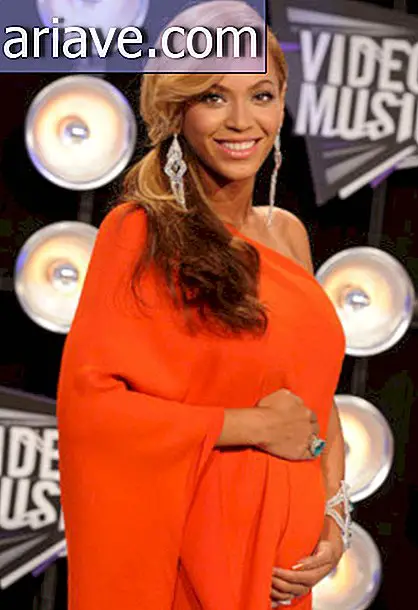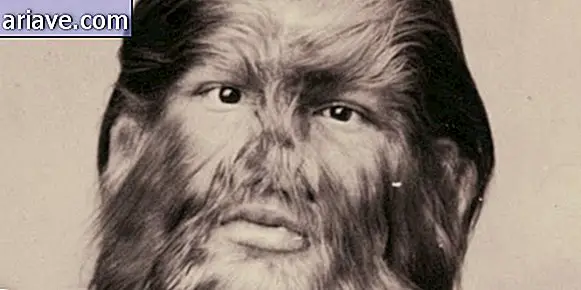Check out how special effects were created at the time of silent cinema
1. The Fly Man (1923)
When Harold Lloyd hung on the hands of a clock in 1923, there were no computer tricks or even the green background to be replaced. To create the illusion, it was necessary to work with perspective, recording on top of a building, but much more safely than we see in the scene.


2. The Black Pirate (1926)
The sequence of a pirate, played by Douglas Fairbanks, sailing down a ship with a knife has been copied over and over. The star was Robert Fairbanks, the star's brother, who placed the camera and the candle at an inclined angle and also a counterweight connected to Douglas's knife.


3. Ella Cinders (1926)
For Colleen Moore to appear with her eyes rolling to opposite sides simultaneously, the same film had to be filmed twice. In the first, black glass covered half the camera lens and Collen rolled one eye. The film was aimed at the beginning for a recording above him to register the other half of the face.


4. Modern Times (1936)
Charlie Chaplin looks like he's going to fall off quite a bit in this movie, but it was all a perspective trick, with a fake scenario set in front of the camera to give the impression that there were several floors in the shop where the actor skates. .


5. Ben-Hur (1925)
In this scene, Jesus appears to heal two leprous women miraculously: their faces are suddenly healthy. To create this illusion, photographer Karl Struss devised a technique for adjusting the color of the camera's filter while shooting, making the disease's makeup not appear in one position.


* Posted on 1/10/2017











